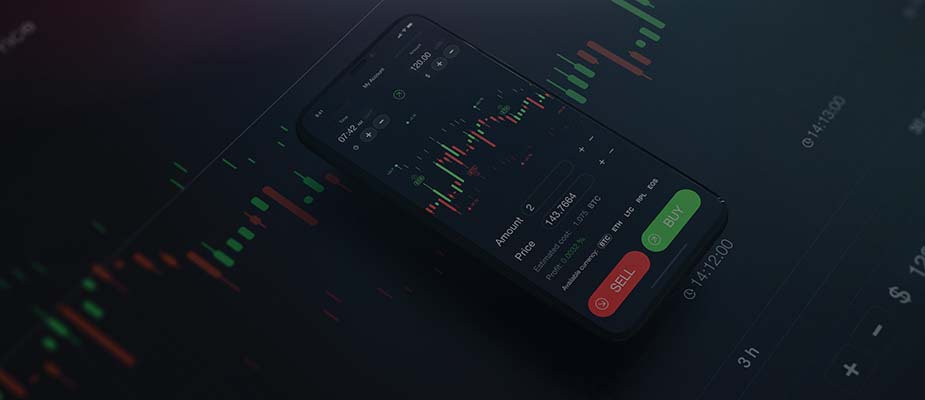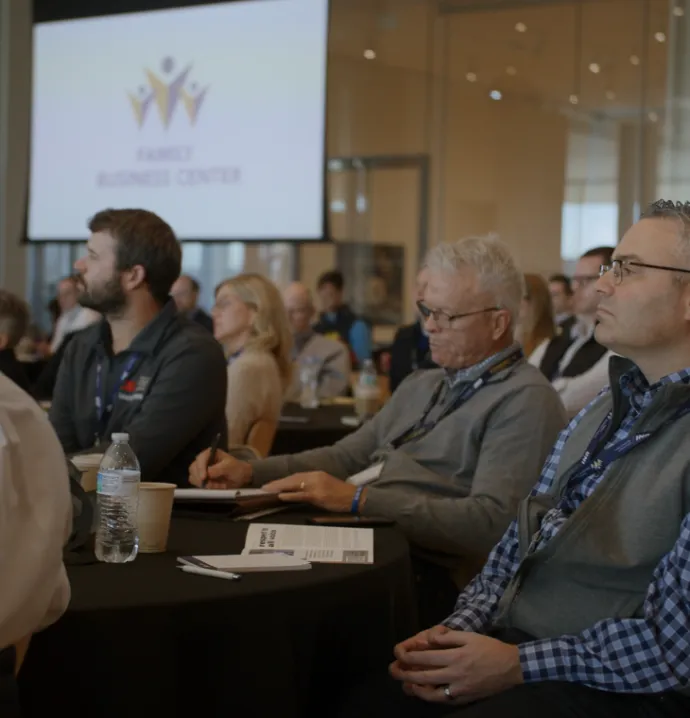Investing In The Age Of Robinhood
Investing In The Age Of Robinhood

Even just 20 years ago, gaining access to investing was a difficult endeavor. For someone to make a trade or change their portfolio, they had to work through a broker, who would often make changes over the telephone and charge a commission. Today, the game has changed. Technology has provided access for anyone to trade and manage their investments on a minute-to-minute basis, without commission fees.
As a result, the United States has seen a major increase in trading volume. According to Bloomberg, a record $120 trillion of stock changed hands in 2020, up about 50% from 2019. The numbers were fueled by many Americans being confined to homes and a slight market crash, of course, but they were also undoubtedly bolstered by trading applications such as Robinhood, Cash App and more.
Because of the easy access and the lure of making big gains, people without finance experience have joined the investing ranks in recent years. Ronnie Chen, professor of finance, has spoken to some of his colleagues and alumni who say even their high school teenagers have portfolios on their phones.
“People who weren’t brokers didn’t really have much power over the financial markets because of limited participation,” Chen said. “Everyone’s trading now. But young people are looking at the stock market as an easy way to make money. That’s not the case.”
Trading apps, like Robinhood, have increased participation in the practice known as day trading — investors who buy and sell stocks in small time frames. It’s extremely risky. Studies show the majority of people using this practice lose money over the course of a year. Some even report up to 90% of day traders end up in the red, and many of them leave the market after a year.
Mark Sanman (Management, ’85), a financial adviser in Las Vegas, works closely with his clients on long-term investing strategies. He says many of these digital investors are young and don’t have as much money to put in the market and lose. That compounds their losses since their funds can be completely wiped out.
“A lot of these people are probably inexperienced investors,” Sanman said about day traders. “And that means they make a lot of mistakes. I did the same 22 years ago. They’re zeroing in on the return of investing and not the risk part. But how you learn that lesson is to lose money. That’s the hard way."
Education is key. Chen is an advocate for getting young people into finance classes as early as high school, as the allure of making quick gains in the market has appealed to the younger generation. For several years, the College of Business has offered a financial literacy curriculum to Iowa schools targeted to high school students, giving them college-level personal finance knowledge.
“That’s what we do in the finance department,” Chen said. “We educate students about fundamentals like profitability, sales, etc. — the longer-term indicators of a company. That helps them not lose capital in the future.”
Banks have played a part in getting people to responsibly manage investments in the digital age. Lincoln Savings Bank has made partnerships with a number of financial technology firms. One of those is Acorn, which has created a debit card with the bank that rounds up every transaction to the nearest dollar and invests the difference.
Erik Skovgard (Finance, ’95), president and CEO of Lincoln Savings Bank, said companies like Acorn give access to people who aren’t familiar with investing but are interested in starting. Even passive contributions, like a small amount of change, can make a big difference in the long run, particularly if they start early.
“It doesn’t have to be as complicated as it sounds. It’s more about getting them to do it, to start planning,” Skovgard said. “It’s about creating the habit, then someday they’ll have enough money so they can do more advanced investing. But right now, they may not have that money to spread it across a portfolio.”
Digital investing also has a big benefit for the banking industry. Skovgard said these partnerships have raised their customer base exponentially. Before the partnership, Lincoln Savings Bank, which had typically dealt in commercial banking, had 18,000 customers. Today, they have 1.2 million.
“I think you’re going to see a lot of common brands tie it into the payment system,” Skovgard said. “They want to help customers who don’t have investment advisers. They still need money advice, and they still need to develop discipline. They know they need to learn how to save and buy insurance and protect themselves. And I think with technology, all of that is getting more automated.”
Looking forward, Chen hopes people remember the fundamentals when entering the market — because, despite the advances in technology and access, thinking long-term is more beneficial than short-term.
“I think in the longer term, everything will come back to the fundamentals,” Chen said. “Because according to finance research, the more you trade the more you’re going to lose. It’s about seeing trends in the society and the economy, then picking investments for five years, 10 years later.”




